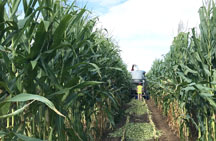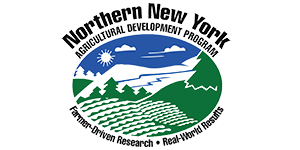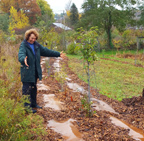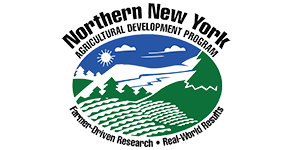 The 2022 New York and Vermont Corn Silage Hybrid Evaluation Program report is now available. The program is a collaboration by Cornell University and the University of Vermont. The reporting for 2022 includes trial data from Willsboro in Northern New York.
The 2022 New York and Vermont Corn Silage Hybrid Evaluation Program report is now available. The program is a collaboration by Cornell University and the University of Vermont. The reporting for 2022 includes trial data from Willsboro in Northern New York.
See the following links for:
. the full 2022 season evaluation report
. 2022 season summary with a quick glance table for maturity groups 80-95 days RM and 96-110 days RM and more data
. links to the 2022 and past seasons’ corn silage hybrid evaluation reports
. forage systems information from the Cornell PRO-DAIRY program.
Photo courtesy of Joe Lawrence, Cornell PRO-DAIRY dairy forage systems specialist.

 Funding for the Northern New York Agricultural Development Program is supported by the New York State Legislature through the New York State Assembly and is administered by the New York State Department of Agriculture and Markets.
Funding for the Northern New York Agricultural Development Program is supported by the New York State Legislature through the New York State Assembly and is administered by the New York State Department of Agriculture and Markets.


 Funding for the Northern New York Agricultural Development Program is supported by the New York State Legislature through the New York State Assembly and administered by the New York State Department of Agriculture and Markets.
Funding for the Northern New York Agricultural Development Program is supported by the New York State Legislature through the New York State Assembly and administered by the New York State Department of Agriculture and Markets.